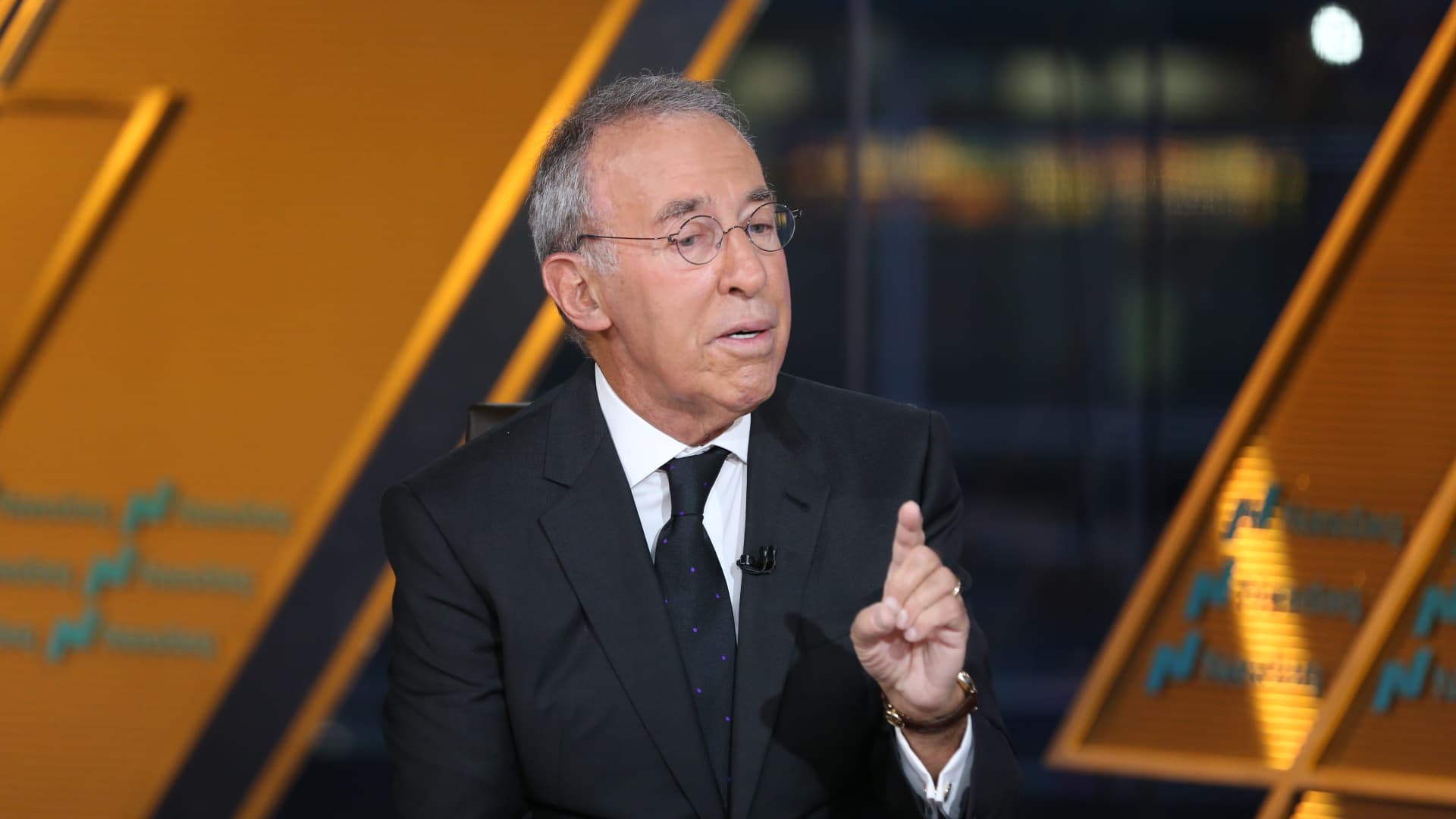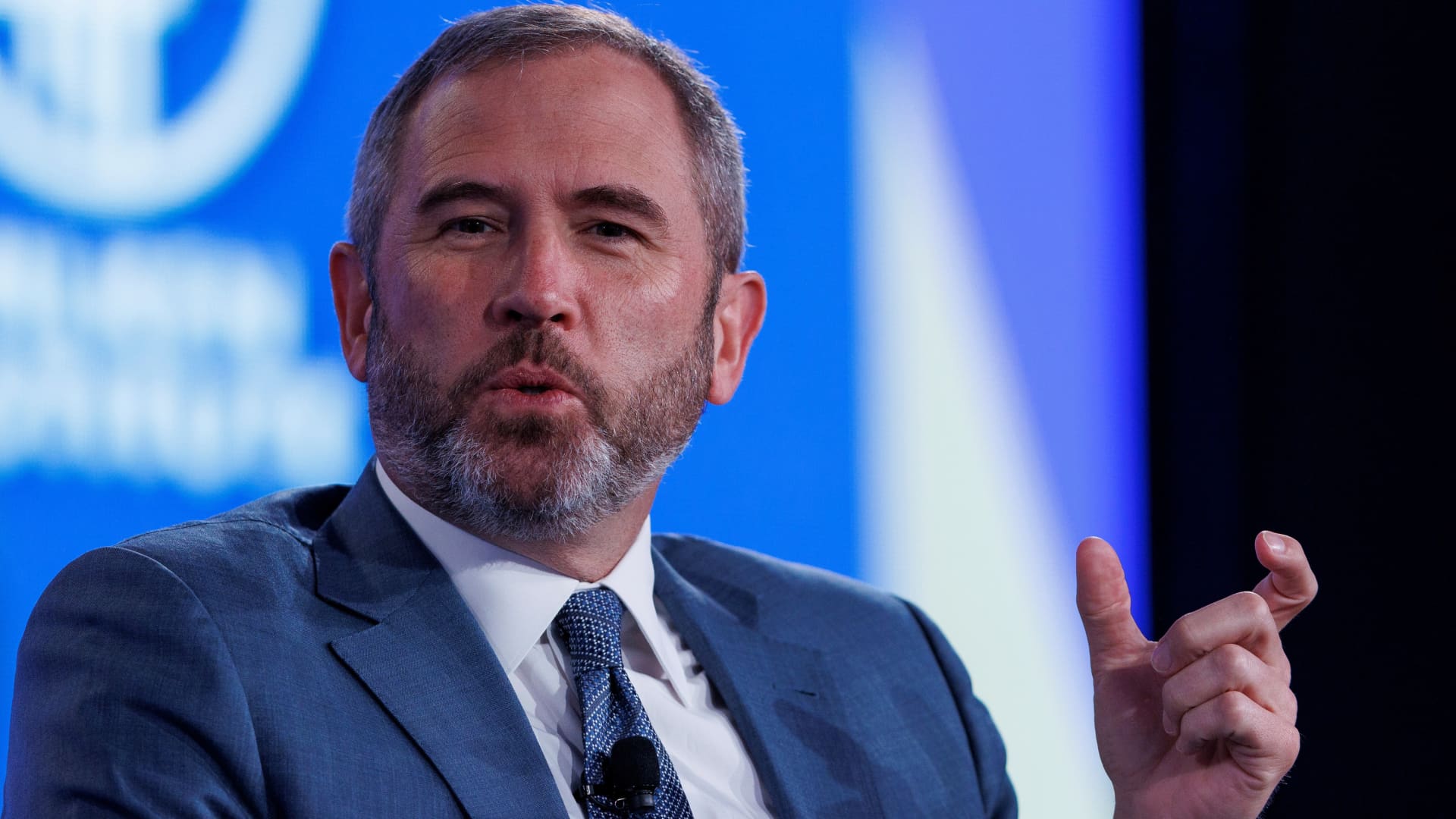AI is driving huge productivity gains for large companies, while small companies get left behind

Amazon Proteus robots demonstrate autonomous navigation using barcodes on the floor during the Delivering the Future event at the Amazon Robotics Innovation Hub in Westborough, Massachusetts, US, on Thursday, Nov. 10, 2022.
Bloomberg | Bloomberg | Getty Images
Artificial intelligence is widening the productivity gap between large and small companies, lifting up bigger firms that are able to effectively scale the technology and cut costs tied to human workers.
Large-cap companies are seeing steady AI-related productivity gains since the release of OpenAI’s ChatGPT model in 2022 in terms of their real revenue per worker, according to a Wells Fargo analysis. Small-cap names are witnessing a decline over the same period, the firm found.
“While productivity for the S&P 500 has soared 5.5% since ChatGPT, it’s down 12.3% for the Russell 2000,” Wells Fargo equity strategist Ohsung Kwon wrote in recent note to clients. “We see other examples of diverging trends in consumer, industrial, and financial markets.”
Wells Fargo analysis comparing real revenue per worker between Russell 2000 and S&P 500 indices
Wells Fargo
Breakthrough advancements in AI this year have led major corporations such as Amazon to notably go all-in on the technology, finding ways to eliminate human roles that can be replaced by AI machines.
The performance of the S&P 500 versus the Russell 2000 small-cap index reflect this divergence in productivity gains. The broad market index is up 74% since ChatGPT’s 2022 launch, while the Russell is up only 39%.
The biggest U.S. companies have been internally deploying AI tools over the past few years to improve their productivity and supply chains and, in some cases, cut head count. A World Economic Forum survey published at the start of 2025 found that roughly 40% of companies around the world expect to reduce their workforces over the next five years in roles where AI can automate tasks.
Layoffs this year have been on the rise. Several big-name companies, including Target, Amazon, Meta, Starbucks, Oracle, Microsoft and UPS, have announced significant cuts to their total head count. For Target and Amazon, the cuts are historic. Companies have mostly cited efforts to streamline operations and growth strategy as reasons for cuts, but many are nodding at AI as part of the reason that human worker roles can be axed now or in the future.
For one, Amazon has been a leader in robot deployment across its facilities, which the e-commerce giant has said is improving costs and delivery times. The New York Times reported Tuesday that Amazon executives believe the company is on track to replace more than half a million jobs with robots, which they think will save about 30 cents on each item Amazon selects, packs and delivers to customers. Morgan Stanley said Amazon’s robotics efforts can save the company between $2 billion and $4 billion by 2027.
Klarna, which has been among the most transparent in how AI is affecting its head count, said it has shrunk its workforce by about 40%, in part due to its AI investments. CrowdStrike in May announced cuts to 5% of the company’s global workforce, citing AI efficiencies and saying that the technology “flattens our hiring curve.” IBM’s CEO has forecast 30% of non-customer-facing roles will be cut by 2028 and told The Wall Street Journal earlier this year that AI chatbots have replaced 200 HR employees, freeing up investments to hire more people in sales and programming.
Palo Alto Networks, Walmart and McDonald’s are other companies that have notably been leveraging AI in ways that analysts expect will improve margins, CNBC previously reported.
An Intuit QuickBooks Small Business Insights survey of 5,000 small businesses in the U.S., Canada, the U.K., and Australia in September revealed that 68% of businesses have integrated AI into their daily operations, with roughly two-thirds reporting an increase in productivity.
“The numbers don’t lie,” Wells Fargo’s Kwon said in his report.









